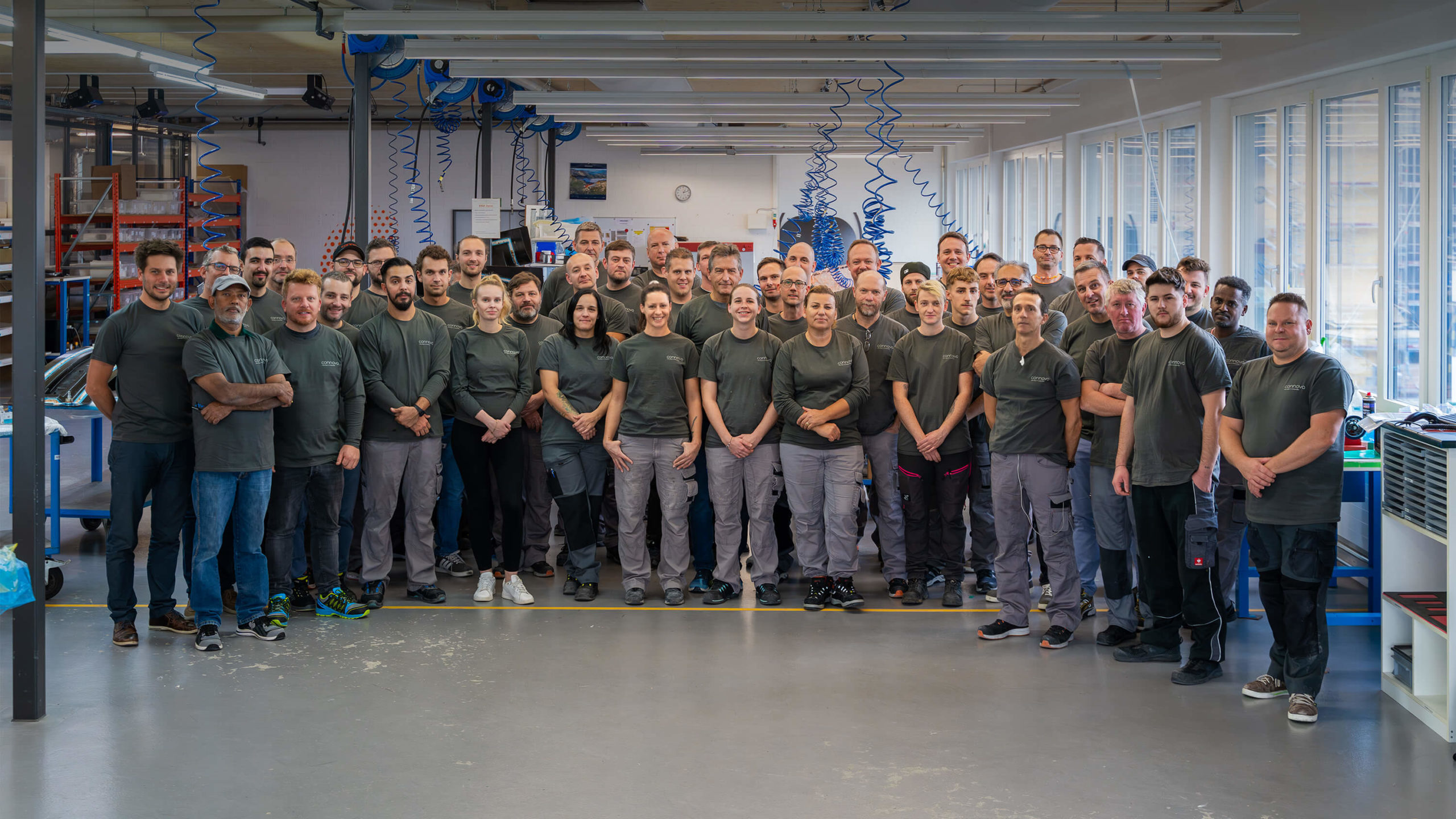What are composites?
Composite materials are created by combining two or more base materials. The combination of materials leads to better mechanical properties than the base materials alone. Composites typically consist of a reinforcement (e.g. glass, carbon or aramid fibers) and a matrix (e.g. plastic resin) in which the fibers are embedded. Carbon fiber reinforced plastic (CFRP) is a specific type of composite material in which carbon fibers are used as reinforcement. This combination is considered an example of very high-performance composites.














